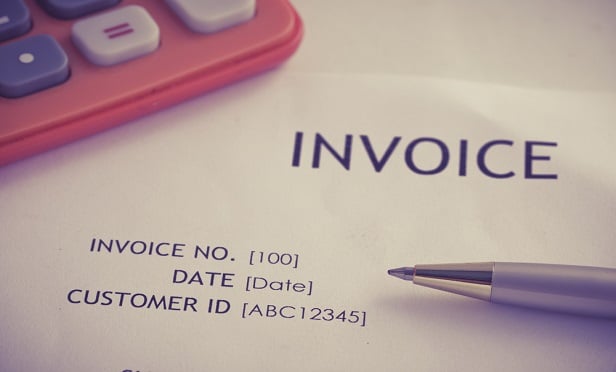 When service provider invoices are not paid in a timely manner, it can have a definite impact on a carrier's delivery of customer service. (Photo: Shutterstock)
When service provider invoices are not paid in a timely manner, it can have a definite impact on a carrier's delivery of customer service. (Photo: Shutterstock)
I've had many discussions with service providers that revolve around cash flow and the frustration with the inefficient turnaround by carriers to pay for their services. In times of claims volume surge, service providers, such as emergency services and water mitigation firms are expected to deploy their resources efficiently, whether or not there are outstanding payments due to them from prior losses and events.
|Service providers leave lasting impressions on policyholders
From the perspective of an insurance carrier, customer service experiences are one of the principal components of a successful claims department — expectations which are passed down to service providers themselves. Customer service experiences from claims handling are what builds or hurts an insurer's brand. The experience a customer has with an insurer will influence whether they will be retained and refer the company to friends and family. In a government-regulated industry, it is usually customer service — not rate or product — that differentiates insurance companies from one another.
Recommended For You
Want to continue reading?
Become a Free PropertyCasualty360 Digital Reader
Your access to unlimited PropertyCasualty360 content isn’t changing.
Once you are an ALM digital member, you’ll receive:
- Breaking insurance news and analysis, on-site and via our newsletters and custom alerts
- Weekly Insurance Speak podcast featuring exclusive interviews with industry leaders
- Educational webcasts, white papers, and ebooks from industry thought leaders
- Critical converage of the employee benefits and financial advisory markets on our other ALM sites, BenefitsPRO and ThinkAdvisor
Already have an account? Sign In Now
© Touchpoint Markets, All Rights Reserved. Request academic re-use from www.copyright.com. All other uses, submit a request to [email protected]. For more inforrmation visit Asset & Logo Licensing.







